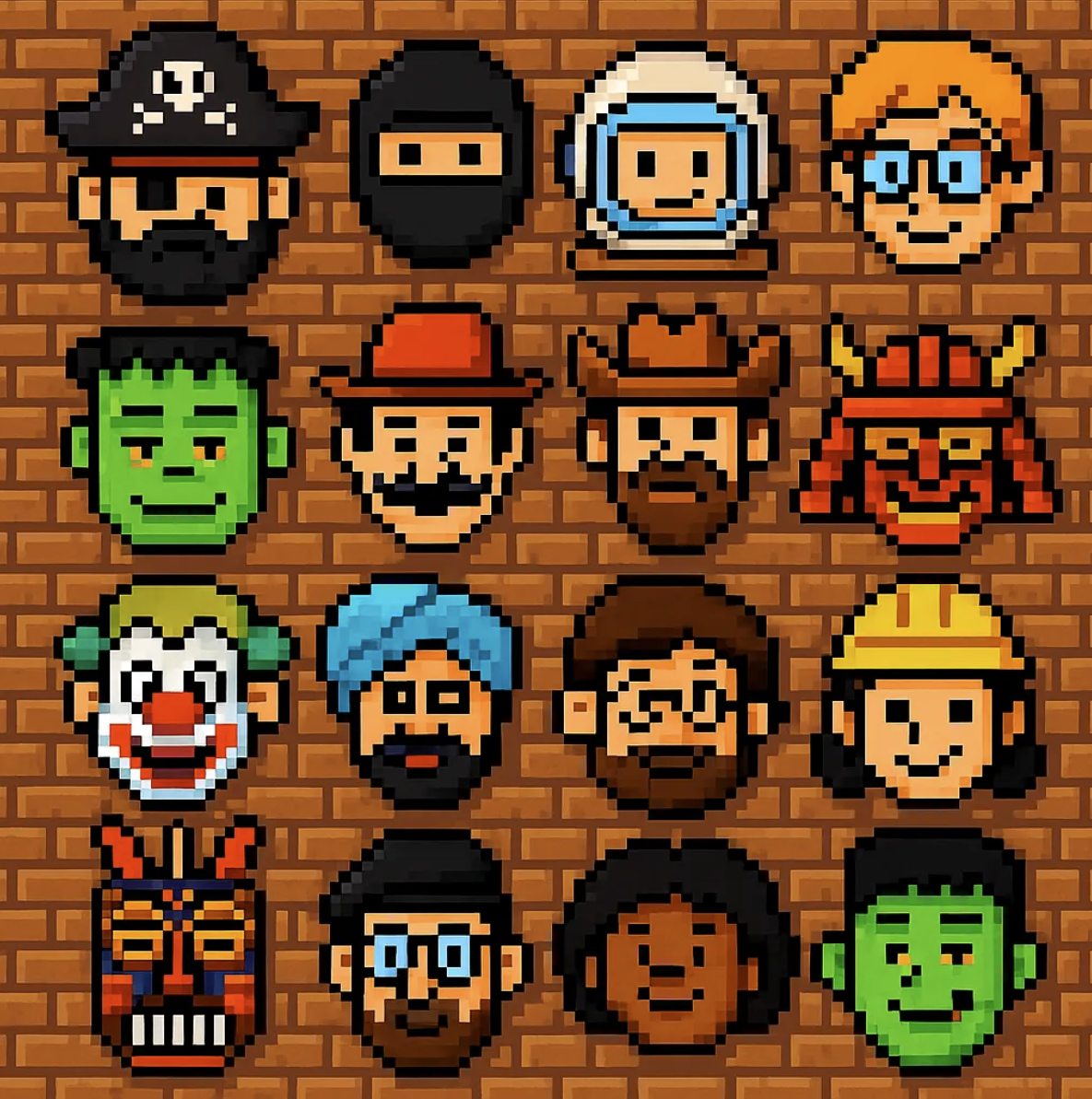
The death of most early-stage companies starts like this.
A company launches with features A, B, and C. Customers like it and start paying money.
To get to the next level, the company builds feature D.
Feature D takes way longer than they thought, but it's “worth it”.
Because no one is paying attention, feature B starts to break down. Customers notice. The company does not.
While everyone is focused on feature D, growth slows down and revenue starts to decline.
The company misinterprets this slowdown as losing product market fit, and starts to expand feature D.
This slows things down further.
In a last-ditch effort, the company pivots everything to feature D. This doesn’t work and they die.
Unless you really know where to look, it's very easy to mistake a product market fit problem for a quality problem.
Both look the same in your numbers. Growth slows down, new revenue starts to drop and you can't see a clear reason whyy.
Why Quality Gets Ignored
The classic goals of product development are to:
Build the right thing
Build the thing right
All of the case studies, keynote speeches, and books are written about #1.
Very few people talk about number #2.
If you work on #1, you get to sound more impressive, you can talk about “strategy” work in your performance reviews, and your spouse might even (pretend to) understand what you do for a living.
However, if you focus on #2, your company will make more money right now.
Across most products, quality will invisibly degrade with time. Unless you’re diligent in testing your own product, you likely have critical issues right now.
Quality is More Predictable and Faster than New Feature Development
If you already have a meaningful amount of PMF, you are likely working on that next key feature to take your company to the next level.
If you can develop the right feature for your users, you'll see revenue go up. However, it's very tough to say by how much and even tougher to say when you'll hit it.
It might take 6 weeks, it might take 12 weeks, it might take a year. You might never find it and realize you’re on the wrong path.
The power of focusing on quality is predictability. Find a bug, especially around your checkout page, and revenue will go up when you fix it.
It won't change the company dramatically, but the ROI is great.
Quality improvements can be done fast. Most products can be fully audited in 1 week.
You can prioritize everything you find in 1-2 hours and then likely fix everything in a few weeks.
You might now have 10-15% higher conversion/revenue for the whole time that you’re searching for the next great feature.
In addition to this making practical sense, the increased revenue also extends the runway that your company has to find the next feature.
So What Do You Do with This Information?
Here is a practical framework that I use when I help improve the monetization of a product. I do it with every client and we see rapid improvements in conversion every time.
I focus on quality, then clarity, then removing friction.
Have the newest person on your team do the following:
Go through every flow of your product
Take a screenshot of each page
Dump that screenshot into MIRO and arrange them sequentially
Use the Post-it feature to mark each issue that they see
Present these to your team
Turn that into a roadmap of changes and ship them
Find all the issues that match these descriptions, then
1. Finding & Address Quality Problems
From the audit that you've done, find all the bugs, no matter how small they are in the core user journies either visual or logic-based.
Your product is probably free from bugs in the "happy" scenarios where the user does exactly what you think they would do.
However, the most painful bugs are the ones where the user does something unexpected on the path to an important step like purchasing, signing up, activating etc.
Try to trigger edge cases and see what happens.
Run this across multiple browsers, and device types, and with different extensions (like ad blockers).
Anything that relies on javascript calls to another server (like PayPal) are going to be potentially blocked by ad blockers.
These are the things that you should fix first. Especially in your purchase flow.
2. Finding & Addressing Clarity Problems
Go back through the audit, for each major screen ask yourself the following:
Is it clear what I should do here?
Is it clear why I should do that?
Is that easy to do?
Think of every page that your user has to make a decision or a choice and make the path that you want the user to take extremely clear.
Try to stay away from any copy or CTAs that feel "cute" or "clever". Just make it really clear.
The main CTA on the page should be the path that you want the user to take and the copy should tell them why to make that choice.
Classic examples are purchase flow, product catalogs, account dashboards, the end of a course, etc.
Find all of the dead ends and places the user feels confused and make it easier for the user to get on track.
3. Finding Friction Problems
Finally, in the same core flows of your product, ask yourself "Am I making this as easy as possible for my users".
Removing friction is not necessarily about removing steps in a user journey. If all companies just removed
You can actually add more "clicks" needed to accomplish a task and still remove friction if you're lowering the mental work that a user has to take to accomplish a task.
If removing steps in a process was all that needed to happen to increase conversion, the Netflix homepage would just be their checkout page and they would see new revenue jump up. This is not the case sadly.
Look at the parts of your product where the user has to make a high-stress decision (like purchasing) or has to take the same action multiple times a session (like sending a message).
Conclusion
Until you have "correctly" built what you set out to build, it's tough to determine if your product is on the right track.
The only way to know that is to fix all of the broken things :) Trust me, you'll feel better after.





